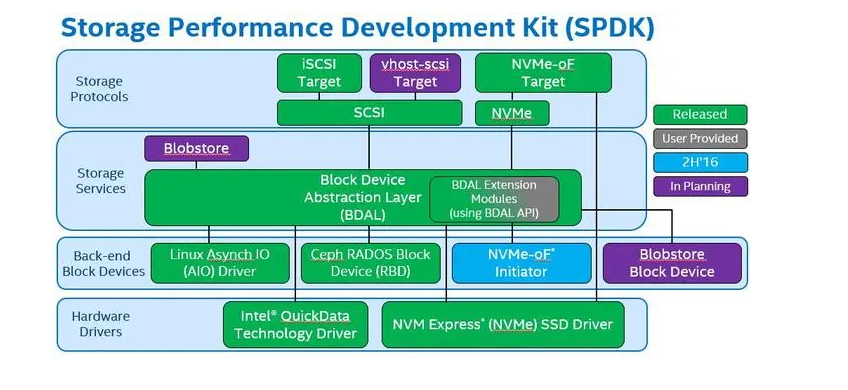This study presents typical room temperature tensile stress-strain curves of the LMD sample in both deposition direction (DD) and scanning direction (SD), as well as for the as-cast sample, with their specific locations shown in Fig. 2(b). The results show that the LMD samples exhibit better tensile mechanical properties than the as-cast samples. Specifically, the tensile test curves of DD-1 and DD-2 samples exhibit similar mechanical properties, with a yield strength of 922.8±0.6 MPa, ultimate tensile strength of 1474±12.4 MPa, and elongation of 12.1±0.2%. Similarly, SD-1 and SD-2 samples demonstrate comparable mechanical properties, including an elongation ≥10% and ultimate tensile strength ≥1.5 GPa.
The distance from the substrate affects the tensile strengths and strains in the scanning direction; as this distance increases, the tensile strengths decrease while the strains increase. At the top of single-wall sample (SD-4), ultimate tensile strength was no less than 1.2 GPa while elongation reached 19.5% in scanning direction.
The strain-hardening curves presented in Fig. 9(b) indicate that LMD samples exhibit relatively higher strain-hardening rates compared to as-cast samples; however, strain hardening rates decreased with increasing distance from substrate in scanning direction. Overall, these findings suggest that LMD can improve mechanical properties compared to traditional casting methods for manufacturing materials with superior performance characteristics under tension loading conditions.





















